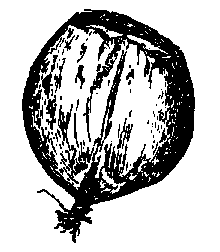
nut shell serving as a trade container for arrowroot starch from Rongelap (1910).(After
There seems to be no preference for a specific bird, as a number of bird species have been mentioned by the various sources: Tachypetes aquila (
The shaft only, with the barbs removed (
Another option "lost-the-virginity-and-is-finished" from:
Seen breeding and eggs collected by Peale and Wilkes in 1840 (
In their section on bone tool manufacture,
In
In
Similar tattooing needles, apparently also of human bone, stem form the Society Islands, both from archaeological (
Archaeological specimens of tattooing chisels have been found in the Marquesas (
In New Zealand, where also a great tattooing tradition existed, tattooing chisels are known from a variety of archaeological (